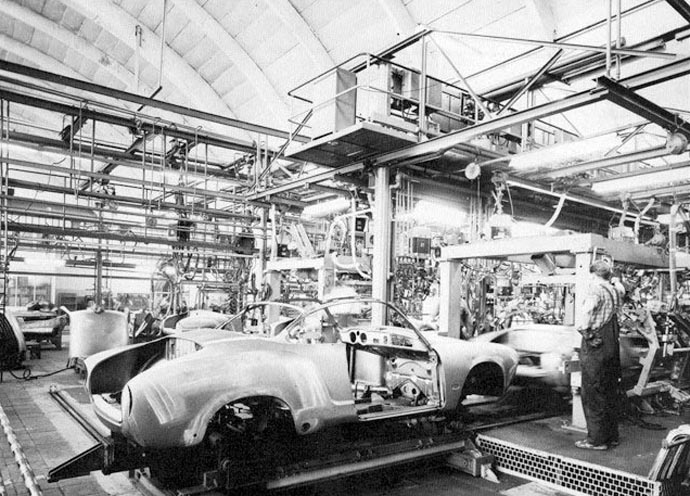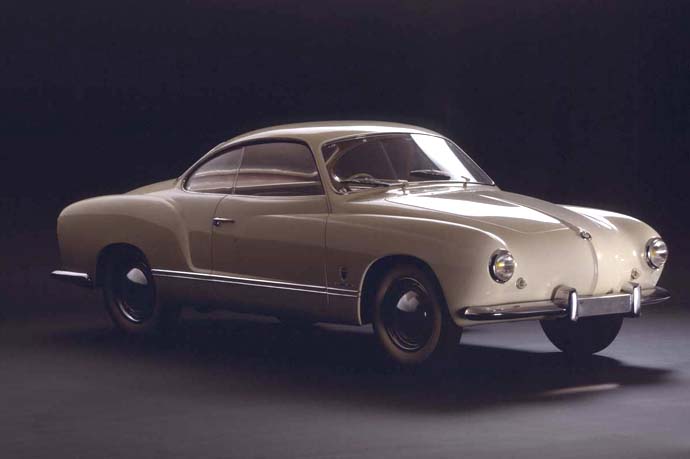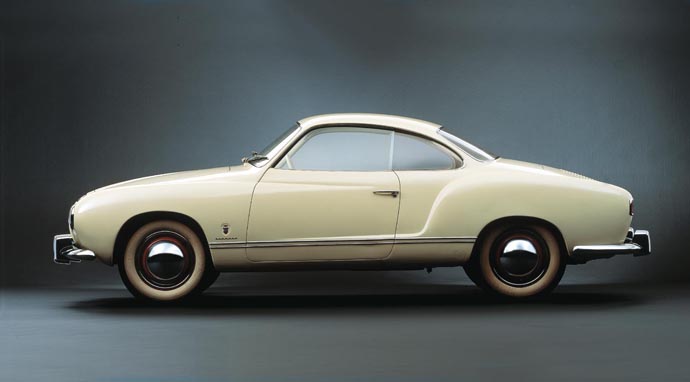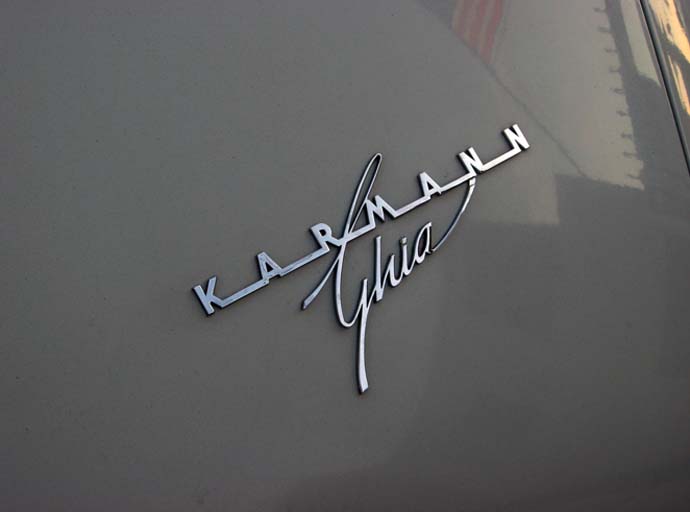We’re counting down to the arrival on these shores of three of the most unique VWs ever produced – namely three Karmann Ghia prototypes – which will be making a star appearance at the Volksworld Show this 28-29 March
Being the UK official partner for VW Classic Parts, we’ve managed to wrangle the loan of these three ultra rare cars for the duration of the show and it will be the first time they’ve left the confines of the Wolfsburg museum for many decades. We broke the news of the impressive feat in a blog here so go take a look. One of the prototypes has even come out of a secret storage facility in Germany just so it can make the trip…
It’s all basically to celebrate the 60th anniversary of the Karmann Ghia – a car that resulted from the lasting collaboration between respected German coachbuilders Karmann of Osnabrük and the Turin styling house Ghia.
Yet the road both firms travelled before they went on to create one of the most iconic looking cars of all time was rocky at times to say the least, and given the adversity faced, it’s remarkable that any of these prototypes even exist.

The Karmann factory was severely bombed during WW2 and long before car production could be restarted, the war effort demanded that facilities were turned to the production of practical items such as baths, toilet seats, barrows and shoehorns. Not only that, but Volkswagen wasn’t actually interested in making a sporty VW at the time, and it was only because of a secret meeting between Karmann and Ghia’s owner and chief stylist and the creation of a illicit prototype in Paris that finally convinced VW that it was a project worth backing…
Secret meeting
With Volkswagen boss Heinz Nordhoff reportedly saying at the time that he saw no significant business opportunities in a ‘Sunday VW’ the son of Karmann founder Wilhelm Karmann Jr met Ghia’s Luigi Segre in secret and Segre obtained a ’53 model Beetle to base the prototype upon, the donor vehicle coming to Turin via Charles Ladouche, a VW dealer in France, to avoid raising any suspicions with Volkswagen who were not to know of this project.

Wilhelm first saw the Ghia concept later in October ’53, in a private garage in Paris, and incredibly this is one of the cars which will be appearing at the Volksworld Show in a few weeks time. Transported and concealed in an armoured truck, the prototype with its distinctively small headlights was taken back to Osnabrück for some technical issues with the chassis dimensions to be taken care of, before Dr Feuereissen and Nordhoff were invited to come and view the creation. The reaction was wholly positive and Nordhoff finally recognised the car’s potential.

Final unveiling
VW signed a production deal with Karmann and the car was finally unveiled to the press at the Casio Hotel, Osnabrück on July 14 1955, with standing ovations and praise a plenty. The car was officially launched that September at the Frankfurt Motor Show, and for ten days the stand was flooded with people; Wilhelm Karmann even presented the vehicle to the President of West Germany. Orders were taken; the world had fallen in love with the Karmann Ghia.
The first month of production saw hiccup after hiccup (a product of Karmann’s haste) and only 37 coupes were produced that met the desired quality. Quantities soon increased, although the demand far outweighed supply, come the end of the year 1282 cars had been manufactured.

The Karmann Ghia was less than a year old when Wilhelm and Sergio set to work on the Cabriolet version. Once again work took place in secret, the delay in production of Coupe models would damage the chances of the convertible model’s success if unveiled too early. With a design in place, the Karmann engineers set about strengthening the bodies to cater for the conversion and by 1957 it was unveiled to the public.
Production of the Karmann Ghia spanned almost 20 years, in which time 362,585 coupés and 80,991 cabriolets were built, before it made way for the Scirocco.
We’ll continuing our countdown with a look at the other prototypes in the following weeks – so watch this space…
Ian
The opinions expressed here are the personal opinions of the author and do not necessarily represent the views and opinions of VW Heritage

